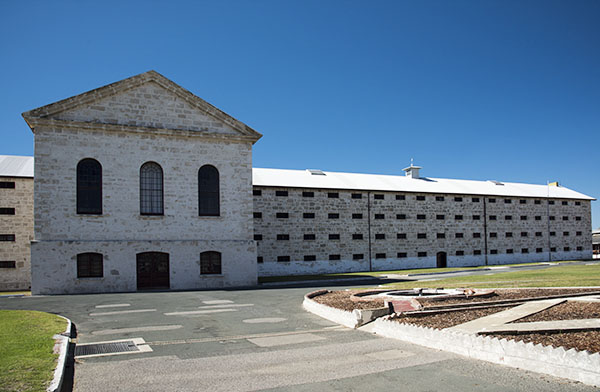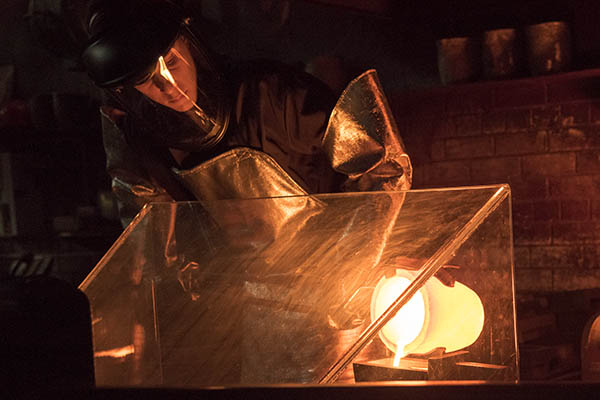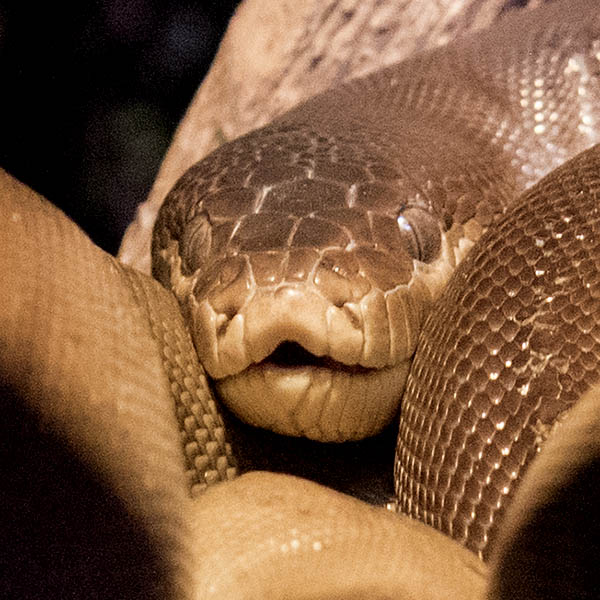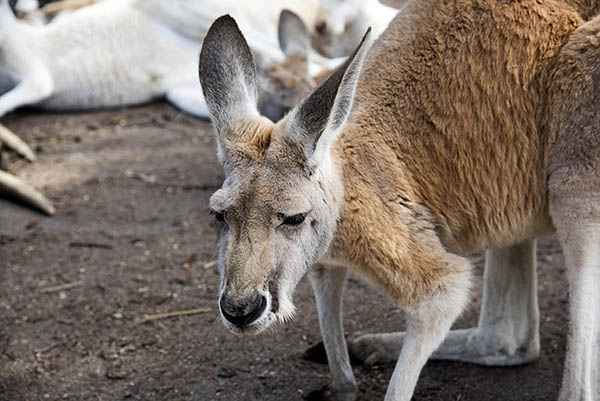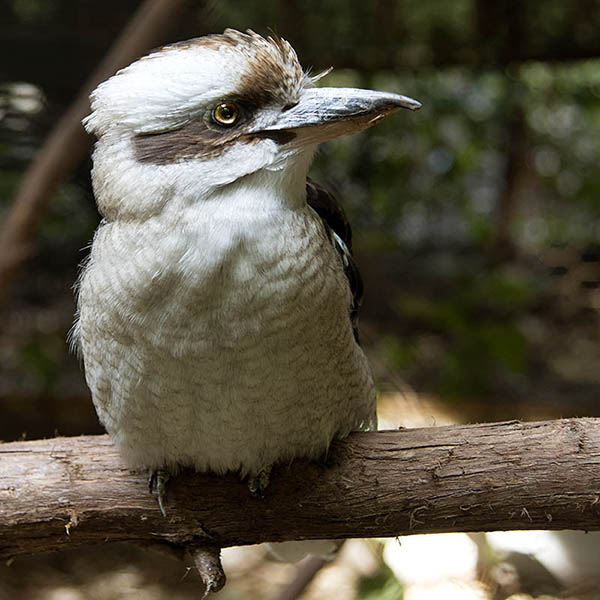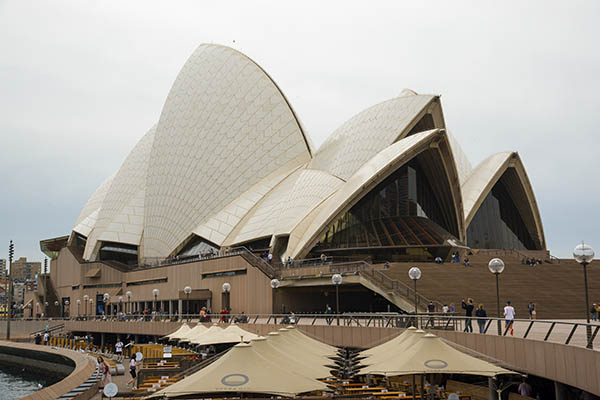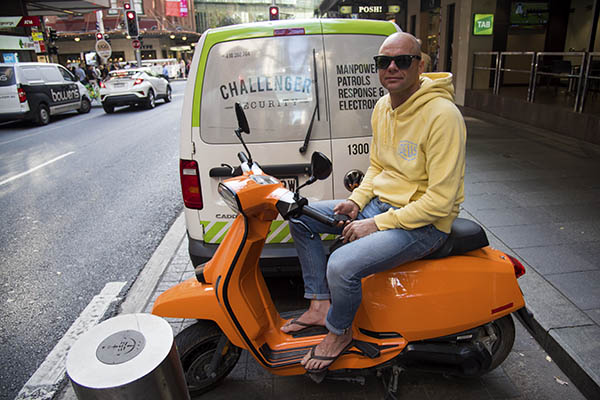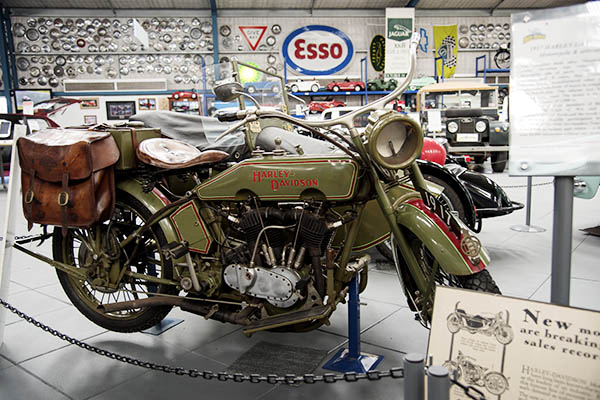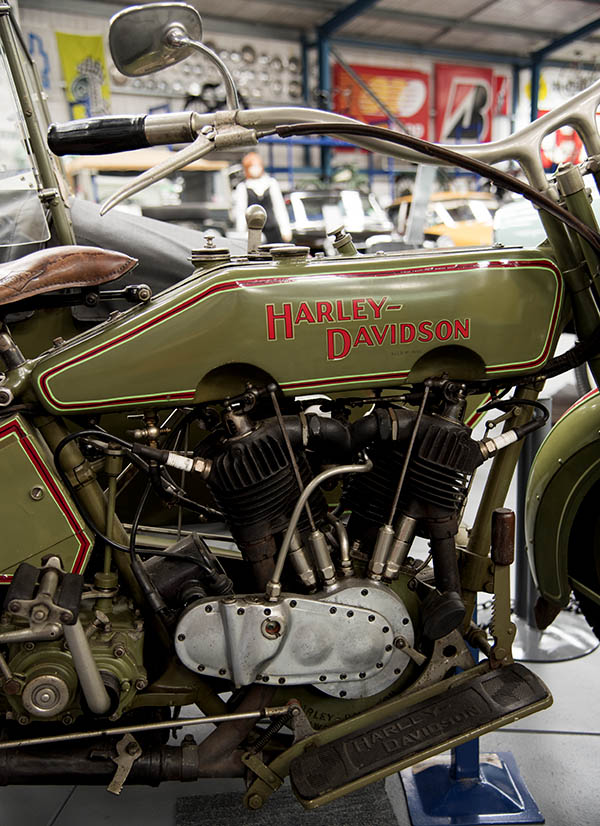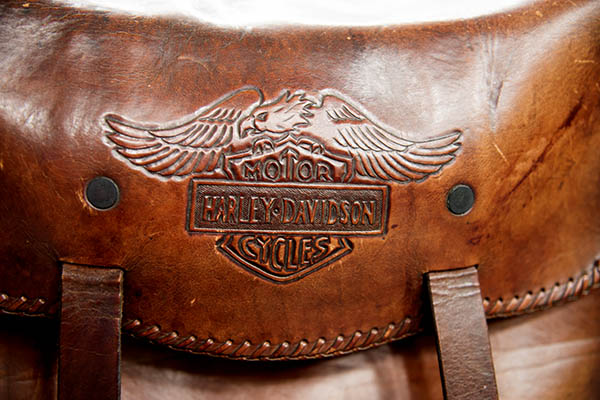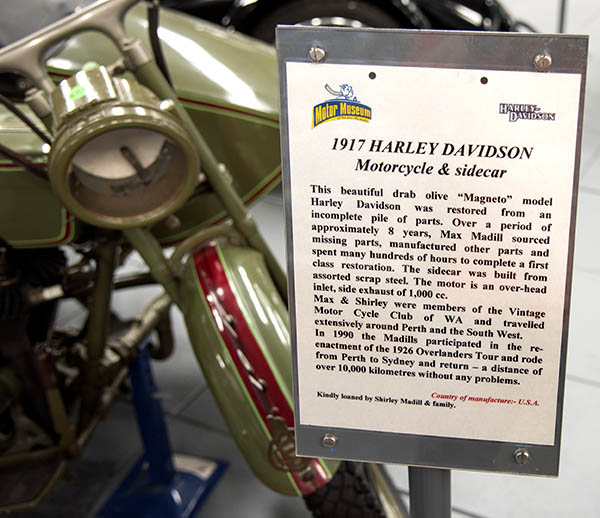So there we were in Calgary. Wow. And we’d ridden there on our motorcycles through all three countries (Mexico, the United States, and Canada). It had been a grand ride, but it was only half the trip. Now, it was time after a fun two days in Calgary for the ride home.
Before diving into our ride home, though, you might want to catch up on the ride to Calgary. Here are the first seven installments of our story on the 2005 Three Flags Classic…
The 2005 Three Flags Classic Rally: the Intro!
The Three Flags Classic: Day 1
The Three Flags Classic: Day 2
The Three Flags Classic: Day 3
The Three Flags Classic: Day 4
The Three Flags Classic: Day 5
The Three Flags Classic: Calgary
And now, on to the run home!
The plan after the events in Calgary was to select our own route home and ride it at our own pace. The official portion of the 2005 Three Flags Classic was over. It had been a blast. On the run home we would decide where to go, how to get there, and how long to take doing it. Our plan was to head west across Canada from Calgary toward British Columbia, turn left somewhere above Washington, meander over to the coast somewhere after Portland, and follow the Pacific coast home. It was to be another grand adventure, and wow, we were having fun!
On the first morning out of Calgary, we stopped in Banff and had a great breakfast. Smoked salmon and eggs, as I recall. It was delicious.
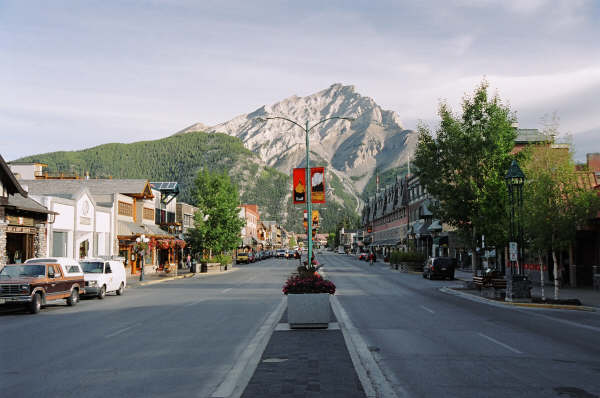
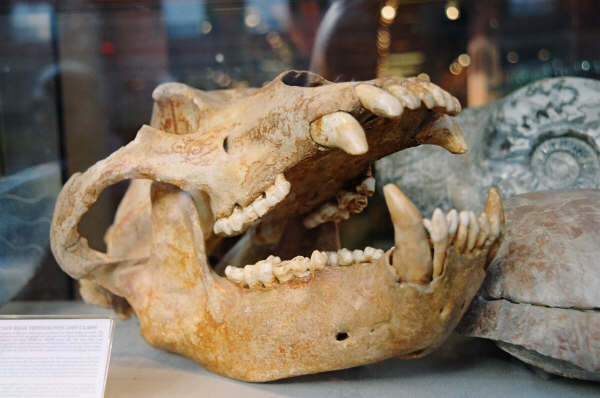
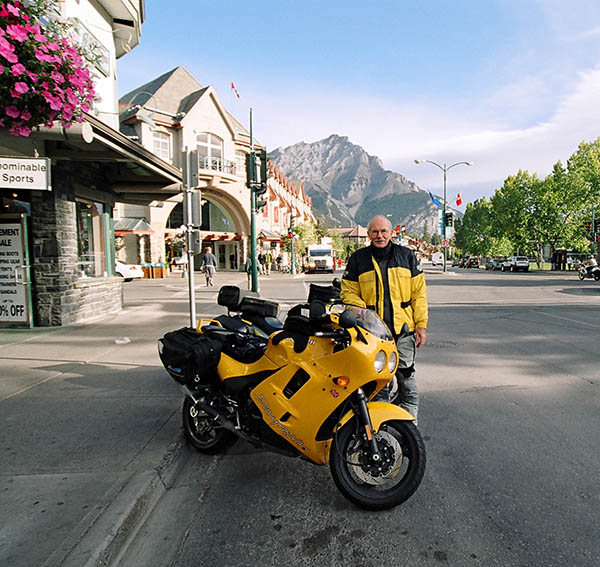
The ride that morning was beyond glorious. Crisp, clean air, cool temperatures, and all was well with the world. The big 1200 Daytona was running superbly well and the scenery was magnificent. Every scene was a picture postcard, and I caught a lot of them. Incidentally, all of the photos you see in this story were shot with film. I had my Nikon N70 with me and just two lenses (the 24-120 Nikon, and a 17-35 Sigma). Great scenery, great photo gear, a great motorcycle, and great photo ops. Life was good. It still is.
After that great breakfast in Banff and a bit of walking around, were back on the road headed west across Canada. Our next stop was Lake Louise.
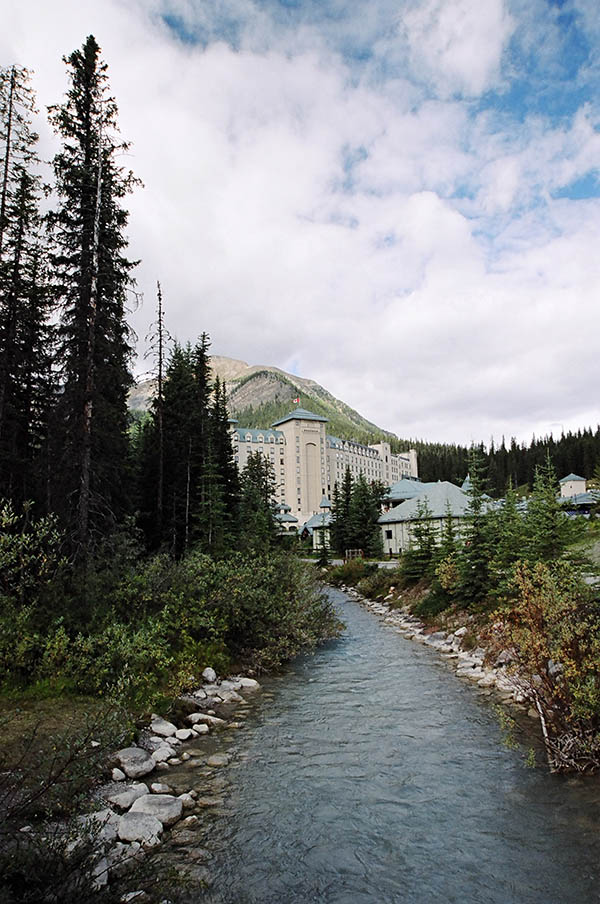

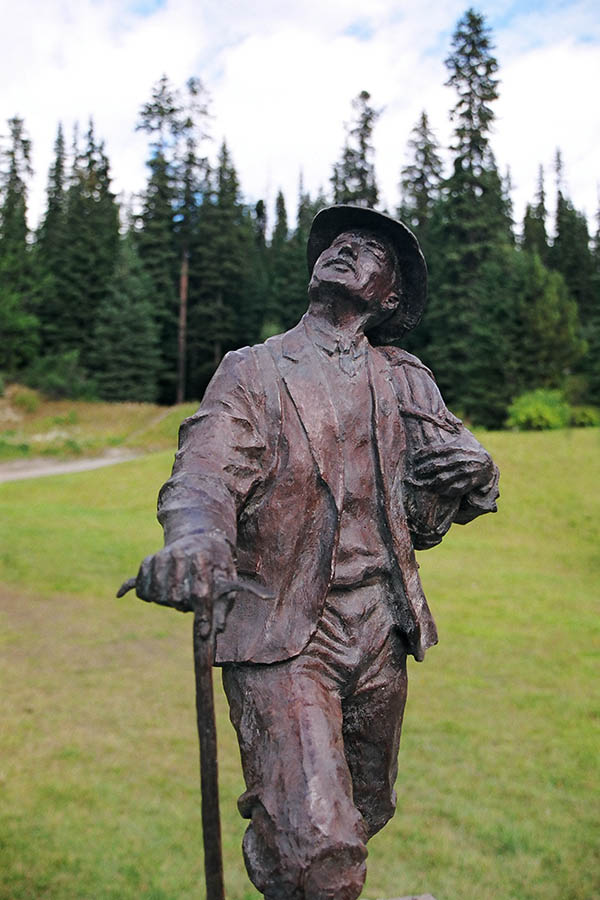

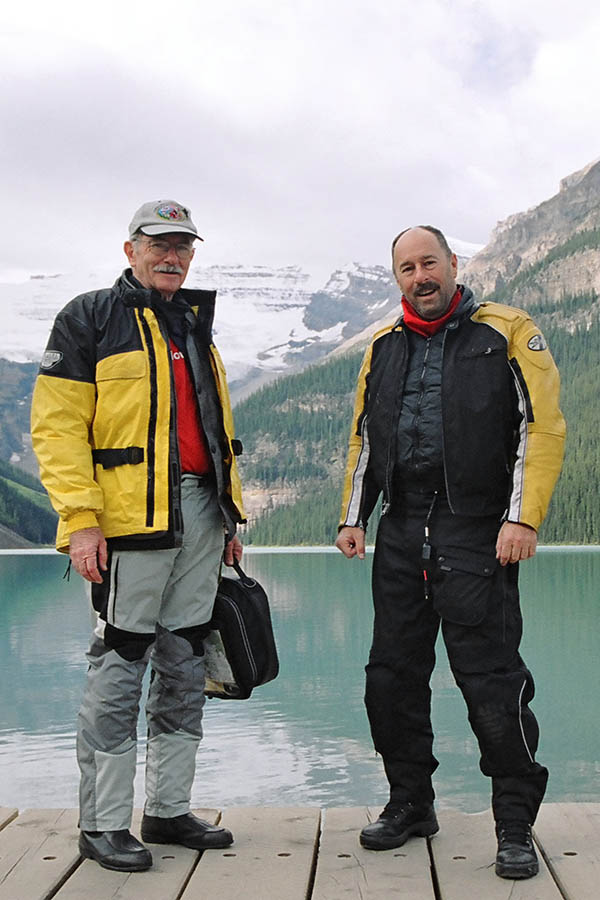

We continued heading west and then south through Canada, and we spent the night in Penticton, about an hour north of the border. Penticton is an interesting resort town, complete with a large lake and a casino. I had a smoked salmon pizza for dinner. Love that smoked salmon.
We crossed the border early and re-entered the U.S. into Washington. We were honking along pretty good, not 30 minutes into the U.S., when a Washington State Patrol officer pulled us over for speeding. It was early, maybe 6:30 in the morning, and the officer was heading north when we were heading south. He lit us up as he passed by, I saw him do a “Smokey and the Bandit” u turn in my rear view mirror, and we pulled over immediately. The officer pulled up behind us. When we took our helmets off, he looked at us and said, “Ah, old guys,” while shaking his head. He told us to slow down. The trooper was an old guy, too. I think he felt a connection. No citation. We chatted a bit. We were lucky. Yeah, I’m an old guy, but riding that Triumph always made me feel like I was 18 years old. “I don’t know why you boys aren’t getting tickets today,” the trooper said and then he told us to ride safely. His strategy worked. We rode across Washington at a sedate 60 mph for the rest of the day. It took forever.
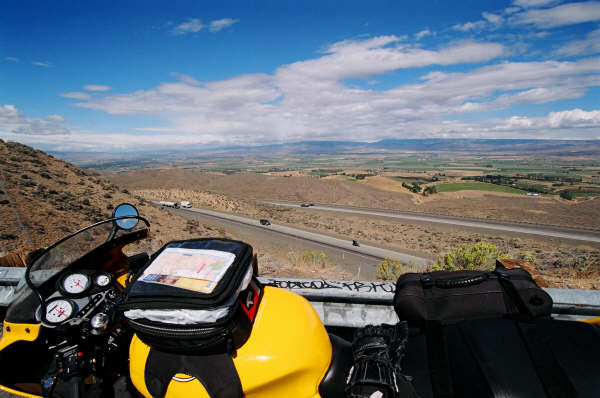
We stopped in Goldendale, Washington, for a cup of coffee in a local bar, chatted with the locals for a while, and then we had one of the most scenic rides I’ve ever taken. It was to be one of the best parts of the ride, and it was through the Columbia River Gorge. The roads and the scenery were incredible. It was the first time I’d ever seen it, and I’ve been back there several times since. It was an area I knew I had to include when we hosted the Chinese for the ride through the American West, and I wrote a piece about the region for Motorcycle Classics magazine. The Colombia River Gorge is one of my favorite places in the world.

We rode along the north side of the Columbia River for about half the length of Washington, and then we crossed into Oregon on the Bridge of the Gods. It was probably 300 feet above the river, and it was one of those iron mesh bridges that you can look down and see all the way to the river. It looked and felt like I was flying, and it was unnerving. I looked down once and that was enough for me. We then found our way into Portland, and checked into a hotel I knew from a previous business trip.

Portland is a very cool town. Marty and I had fun exploring it, and in particular, stopping for lunch at the Olympian. I later did a story on the Olympian, too, for Motorcycle Classics. The Olympian has a fantastic vintage motorcycle collection.
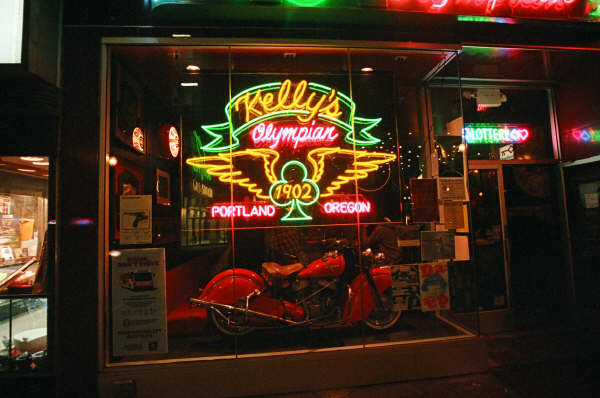

We left Portland before sunrise early the next morning and headed southeast toward the coast. Oregon is a wet state. We had a lot of mist in the morning riding through the rain forest, and it was eerie. I half expected to see Sasquatch jump out and grab me every time I wiped my face shield. Then, we arrived at the Oregon Coast Highway, and yep, that ultimately became a story gracing the pages of Motorcycle Classics, too.


The people you meet are the best part of any motorcycle ride, and on the Oregon Coast Highway, we met a guy who introduced himself as Hippy Bob. Hippy Bob had hit the Oregon lottery for $5,000 and he immediately bought a Harley basket case for $4,500. Bob was taking his time working his way down the coast from Portland on that motorcycle (Bob had been on the road for two days when we met him, and he had only traveled about 200 miles south of Portland in that time). I was really interested in Hippy Bob’s motorcycle, as I hadn’t seen a Shovelhead Harley on the road in years. His was a 1981 model. I used to own a 1979 Electra-Glide (with the Shovelhead motor), and I called it an optical illusion because it only looked like a motorcycle. Things were constantly breaking on my Harley. I asked Bob if he had any problems with his Shovelhead, and that opened the floodgates. Bob just went on and on about the nonstop challenges he had faced keeping his Harley running. He was still talking about it when we left.
We rode the Coast Highway all the way south to Highway 138, and someone told us to watch for the elk further east. We did, and wow, were we ever impressed.


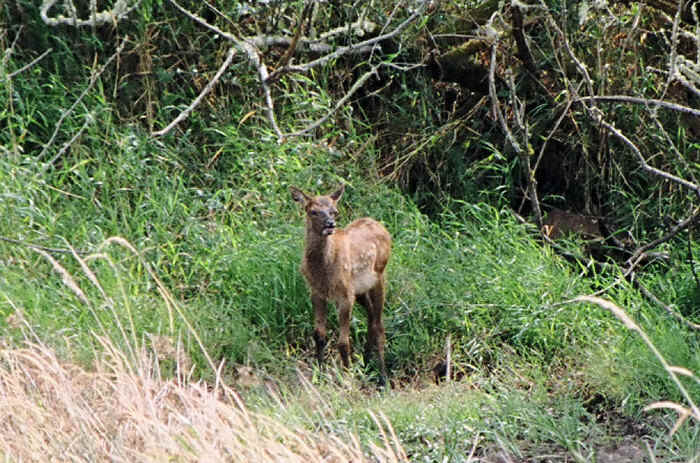
We spent the next night in Roseburg. The hotel was literally next door to the Roseburg Harley-Davidson dealer. We looked at the new 2006 Harleys (it was the first time I had seen them, and they looked good). I bought a Roseburg Harley T-shirt. There’s that old joke…you know, for a T-shirt company, they make a pretty good motorcycle…
Our destination the next morning was Crater Lake. Was it ever cold that morning! We rode through more beautiful scenery, but the temperatures were damn near debilitating. I need to tell you that we had been seeing signs warning of elk crossings for much of our time through Washington in Oregon, but the only elk was had seen so far were the ones off Highway 138. I had mentally dismissed the elk warning signs until what happened that morning. We saw another elk warning sign, I was trying to stay warm with my electric vest cranked up all the way, and then all of a sudden about 300 yards further up the road, the largest elk I ever saw stepped in front of us. I stopped, Marty stopped, and the elk stood broadside, just staring at us. He was daring us to proceed. That bull owned the road. He knew it, and he wanted to make sure we knew it, too.
Now, you have to picture this scene. We were the only ones out there, having a staring contest with this elk that was the size of a house, on a bright sunny freezing morning. Steam was coming out of the elk’s nostrils, and mine, too. I flipped my visor up because it was fogging over. The elk stared at me. I stared at it, wondering if I could get the bike turned around if the elk charged. I could see the headlines: Motorcyclist Gored to Death By Enraged Elk.
After what seemed to be an eternity, the elk looked away from us, crossed the highway, and disappeared into the forest on the other side. I started to let my clutch out, and then a female bounded out of the forest on the right and followed the bull into the forest on the left. I stopped and waited a second, and then started to roll forward. Then another female elk appeared. We stopped again. They just kept coming. Big ones, little ones, more big ones, more little ones, and well, you get the idea. I realized: Those elk crossing signs are for real.
Then it was on up to Crater Lake. It was beautiful, and it would become yet another Motorcycle Classics article.

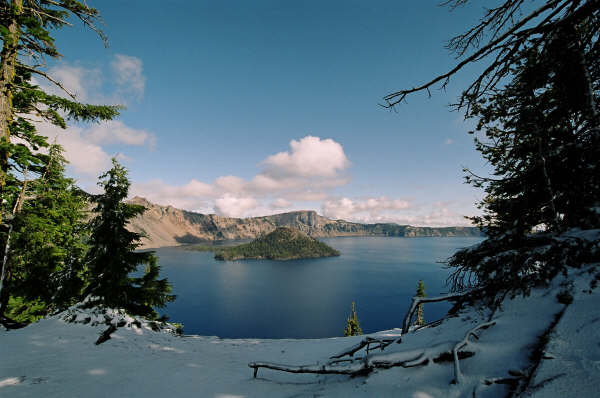
The area around Crater Lake was downright scary. There are steep drops on the side of the road, no shoulder to speak of, and no guard rails. There are lots of signs warning that you could get seriously hurt or killed up here. On the way down, we encountered ice on the road. I love riding; I hate riding on ice. I was concentrating intensely when out of the corner of my eye I saw a yellow motorcycle closing in on my right rear and I remember wondering who else would be nutty enough to be up here riding on the ice, and who in the world would try passing under these conditions? Then I realized: It wasn’t another motorcycle. It was my motorcycle, and the ass end was sliding around. The back end of my Triumph wasn’t going in the same direction as the front end. That was a close one.
After Crater Lake, we buzzed down to the California border, almost got stopped for speeding again (the CHP cruiser going the other way hit us with the lights but didn’t come after us), and we made it to Davis, California. We had dinner with Marty’s son, and then headed home the next day.
A trip like this is one of life’s grand events. It’s hard to say what part of it I liked best: The camaraderie, the people we met along the way, the scenery, the riding, the wildlife, the memories, the photo opportunities, the sense of adventure, or just the sheer pleasure of being alive and out in the world.
Here’s a summary of the miles that Marty assembled:
• 9/1/05 Upland, CA to Tijuana, BC: 139
• 9/2/05 Tijuana, BC to Gallup, NM: 657
• 9/3/05 Gallup, NM to Grand Junction, CO: 419
• 9/4/05 Grand Junction, CO to Driggs, ID: 569
• 9/5/05 Driggs, ID to Whitefish, MT: 526
• 9/6/05 Whitefish, MT to Calgary, AB: 366
• Total for Three Flags: 2,676
• Miles ridden within Calgary, AB: 6
• 9/8/05 Calgary, AB to Penticton, BC: 430
• 9/9/05 Penticton, BC to Portland, OR: 468
• 9/10/05 Portland, OR to Roseburg, OR: 288
• 9/11/05 Roseburg, OR to Davis, CA: 469
• 9/12/05 Davis, CA to Upland, CA: 427
• Total for return trip: 2,082
• Total for round trip: 4,764
The Three Flags Classic Rally is one of the world’s great motorcycle rides, and if you’ve never experienced it, you might consider signing up for one of these rides. You can get more information on the Three Flags Classic on the Southern California Motorcycle Association website. I’ve done some great rides in my life; the Three Flags Classic was one of the best.

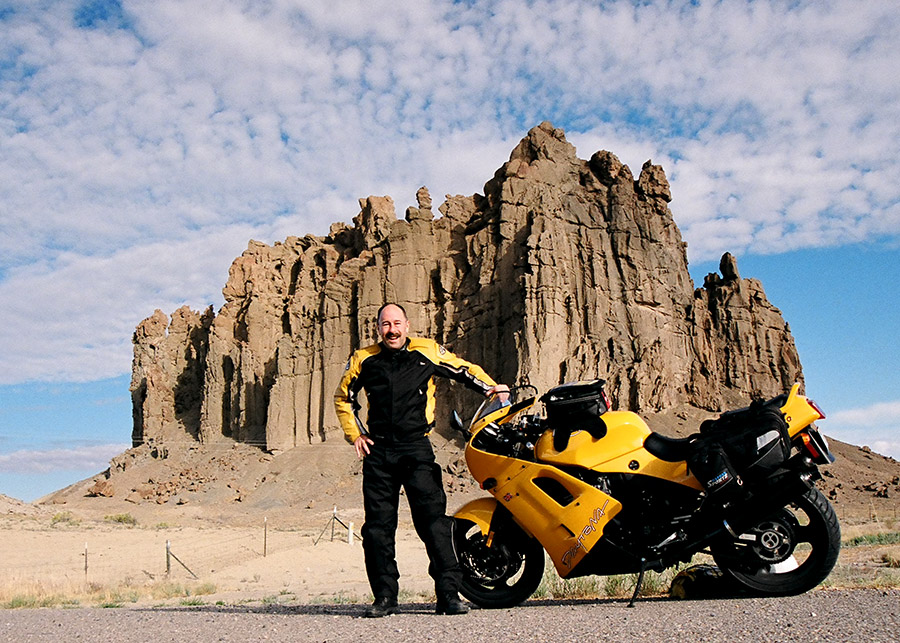
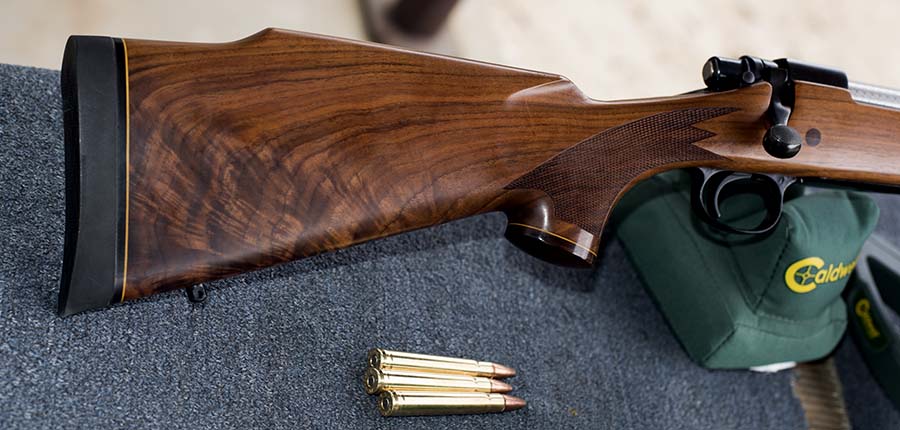
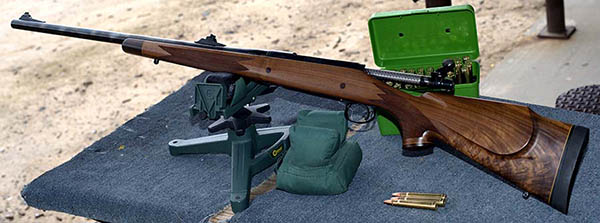
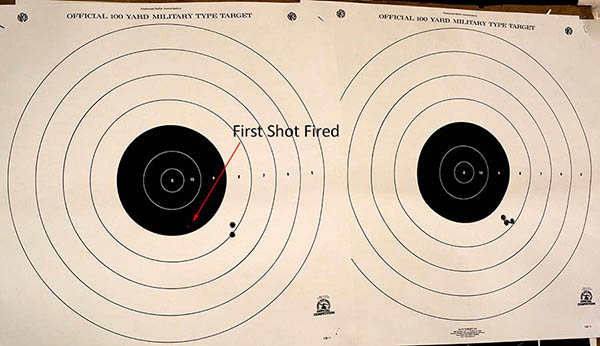
 Here at ExhaustNotes.us we are all about the motorcycle, with a smattering of gunplay and interesting adventure destinations thrown in to keep the place hopping. But what if there were no bikes, adventures or bullets? What then? Keep reading and I’ll tell you what then, Bubba.
Here at ExhaustNotes.us we are all about the motorcycle, with a smattering of gunplay and interesting adventure destinations thrown in to keep the place hopping. But what if there were no bikes, adventures or bullets? What then? Keep reading and I’ll tell you what then, Bubba.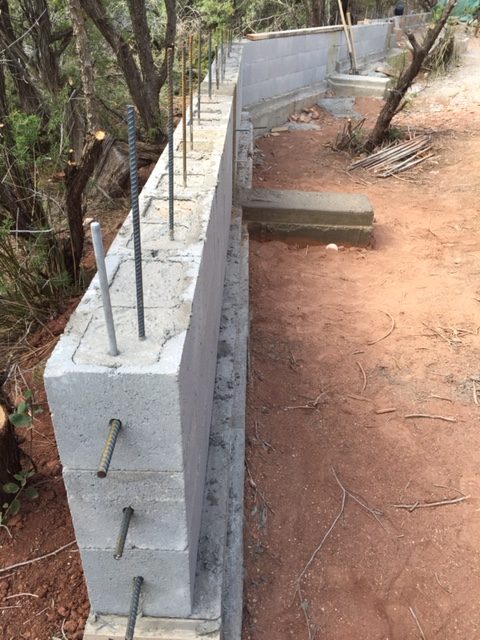 Situated in the steep-ish foothills of the Sacramento Mountains, Tinfiny Ranch is slowly bleeding into the arroyo, you know? You put down your cold, frosty beer and the next thing you know your Stella is halfway to White Sands National Monument. On the lee side of The Carriage House we’ve lost a good 18-inches of mother earth because while it doesn’t rain often in New Mexico when it does rain it comes down in buckets. This sudden influx of water tears through Tinfiny Ranch like freshly woken kittens and sweeps everything in its path down, down, down, into the arroyo and from there on to the wide, Tularosa Valley 7 miles and 1500 feet below. Claiming dominion over the land is not as easy as they make it sound.
Situated in the steep-ish foothills of the Sacramento Mountains, Tinfiny Ranch is slowly bleeding into the arroyo, you know? You put down your cold, frosty beer and the next thing you know your Stella is halfway to White Sands National Monument. On the lee side of The Carriage House we’ve lost a good 18-inches of mother earth because while it doesn’t rain often in New Mexico when it does rain it comes down in buckets. This sudden influx of water tears through Tinfiny Ranch like freshly woken kittens and sweeps everything in its path down, down, down, into the arroyo and from there on to the wide, Tularosa Valley 7 miles and 1500 feet below. Claiming dominion over the land is not as easy as they make it sound. After the wall is up the resulting divot will require filling with dirt. I have lots of dirt on Tinfiny Ranch; the conundrum is where to borrow it from without causing even more erosion. I’m hoping that leveling the back yard will provide most of the needed fill.
After the wall is up the resulting divot will require filling with dirt. I have lots of dirt on Tinfiny Ranch; the conundrum is where to borrow it from without causing even more erosion. I’m hoping that leveling the back yard will provide most of the needed fill.
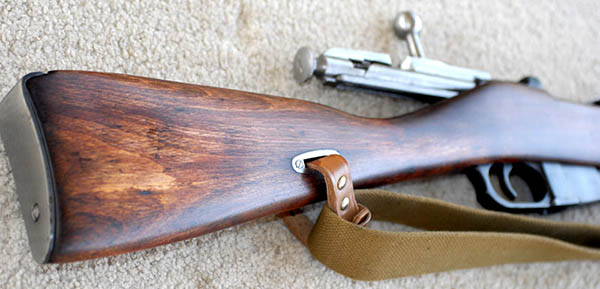
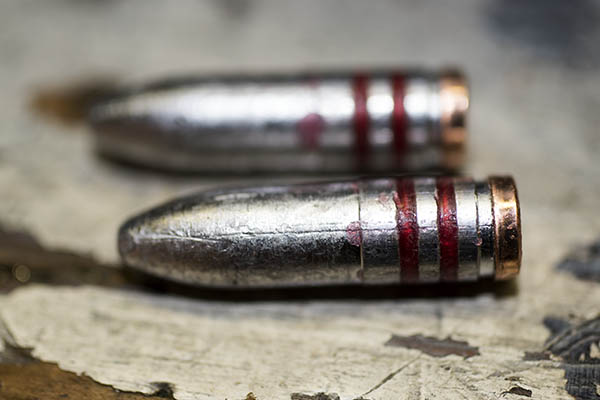
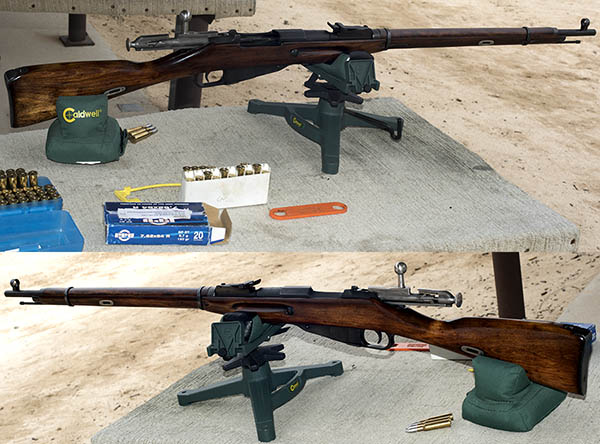
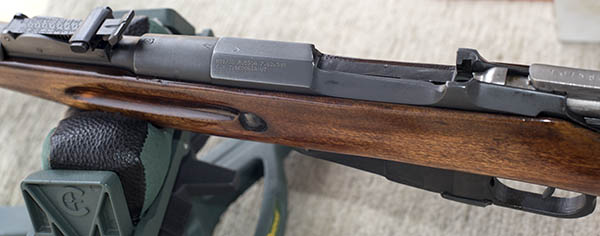
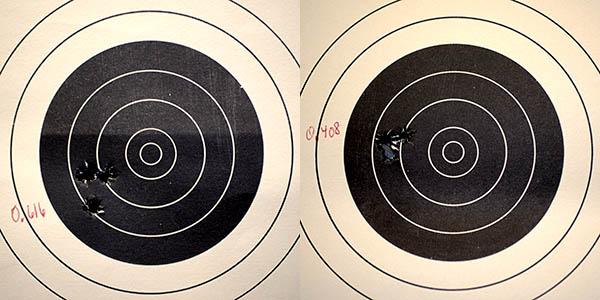

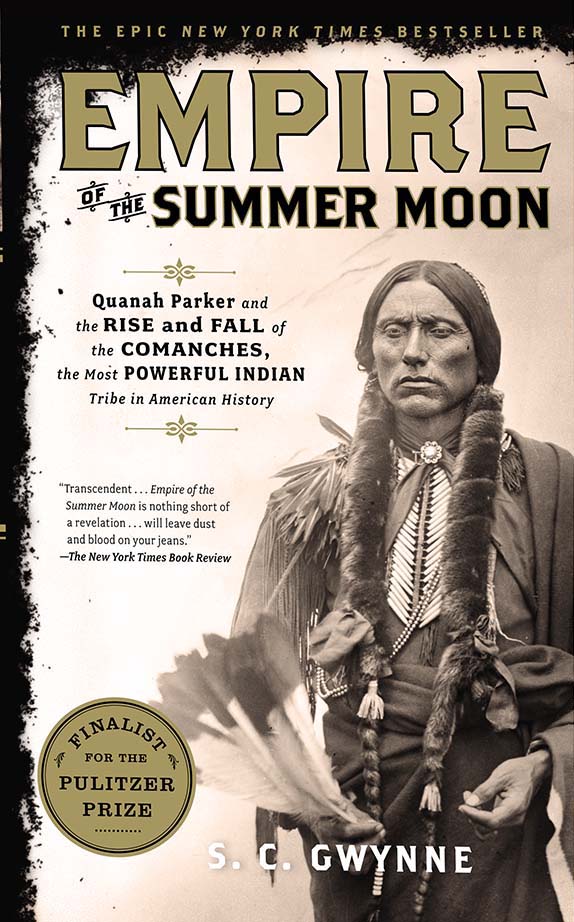 Several things amazed me as I read Empire of the Summer Moon, the first being how it could have not known of it previously. The only reason I learned of it is that I saw Empire in an airport bookstore a couple of trips ago.
Several things amazed me as I read Empire of the Summer Moon, the first being how it could have not known of it previously. The only reason I learned of it is that I saw Empire in an airport bookstore a couple of trips ago.














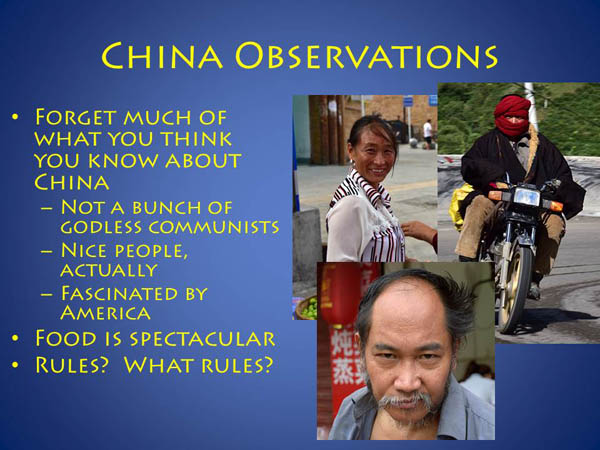
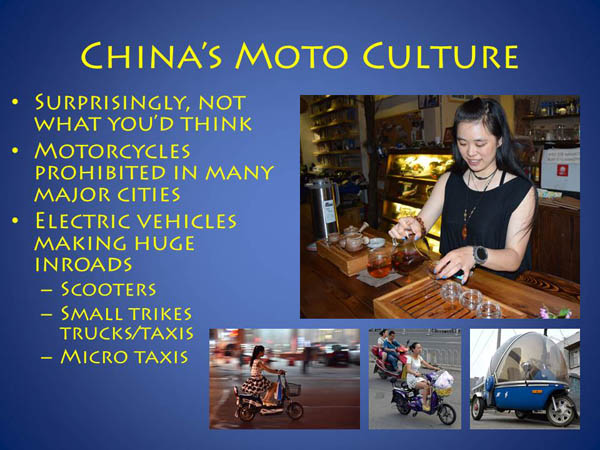
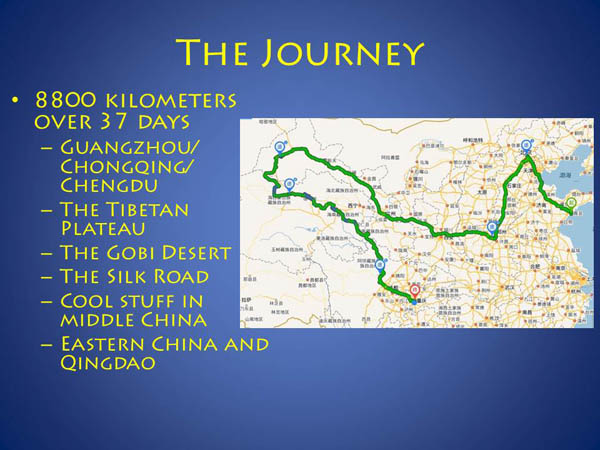
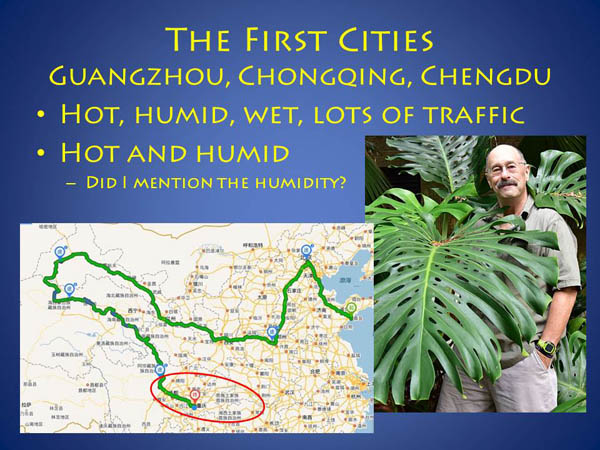


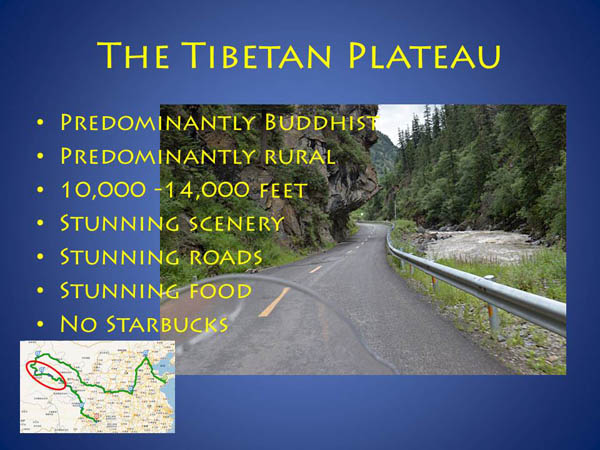
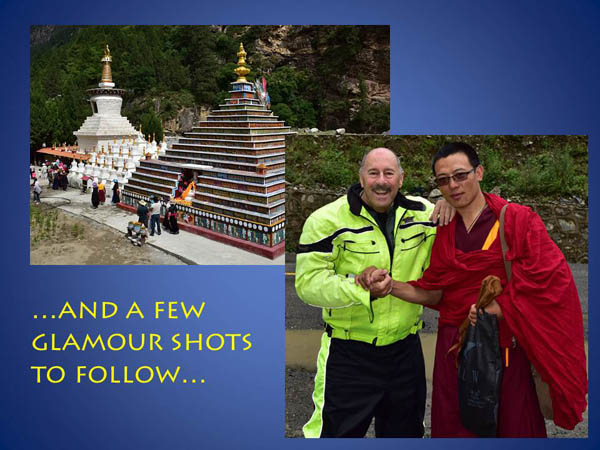
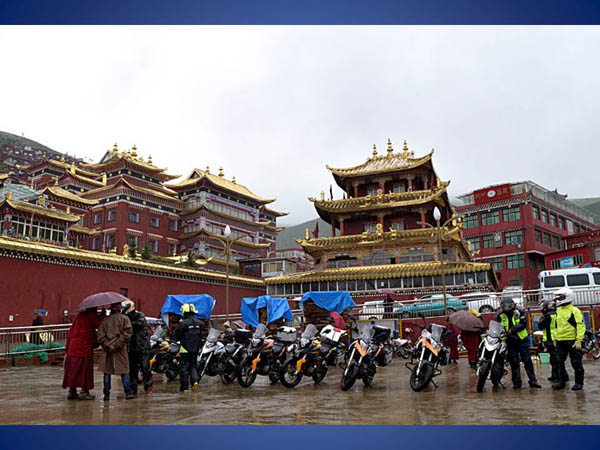

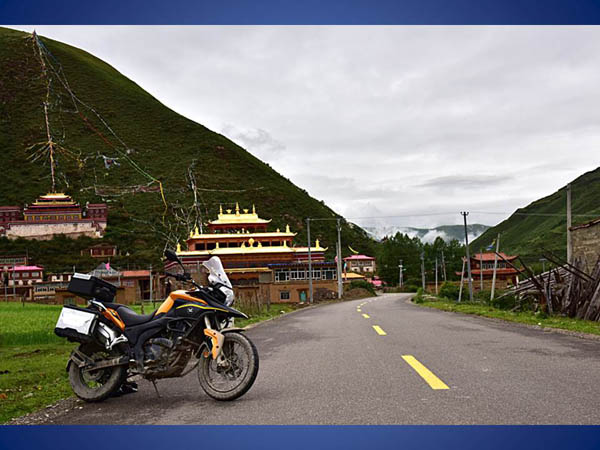
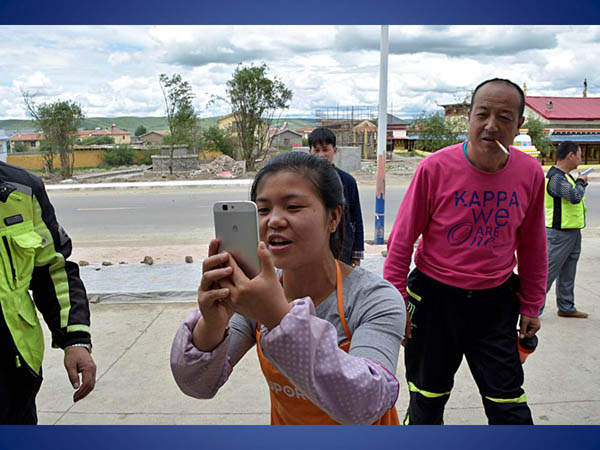
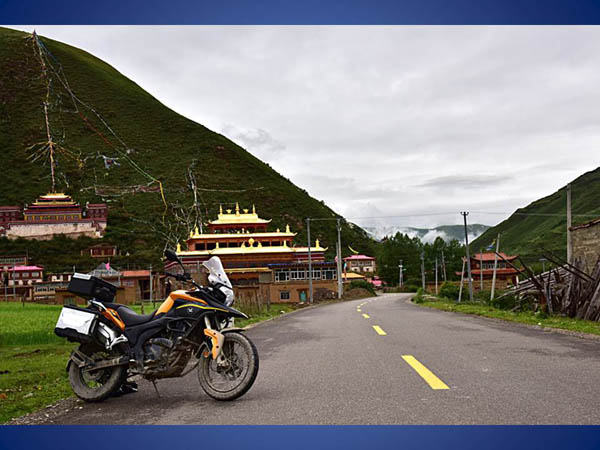
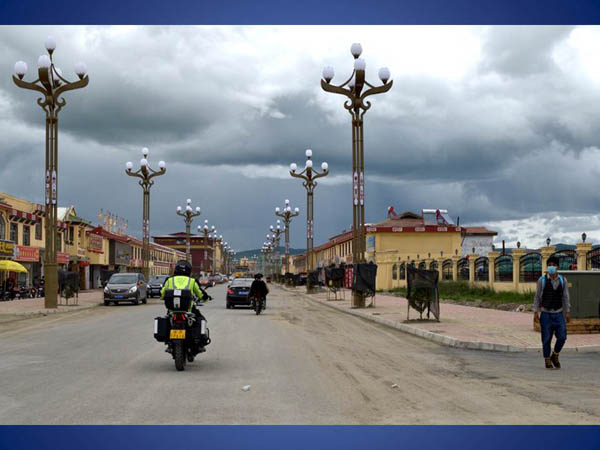


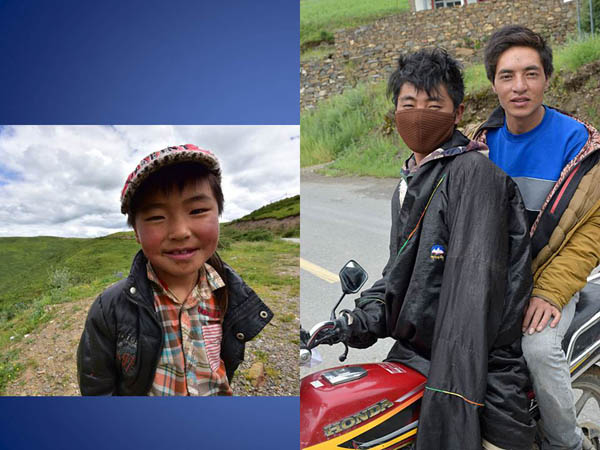
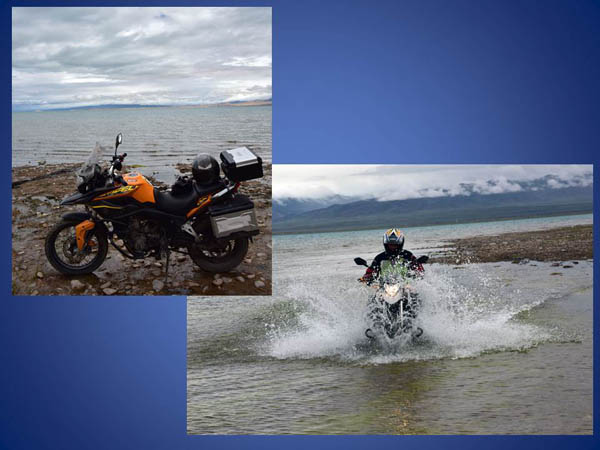
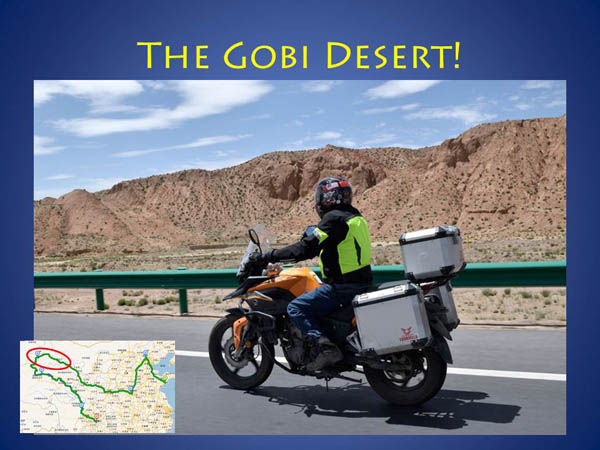
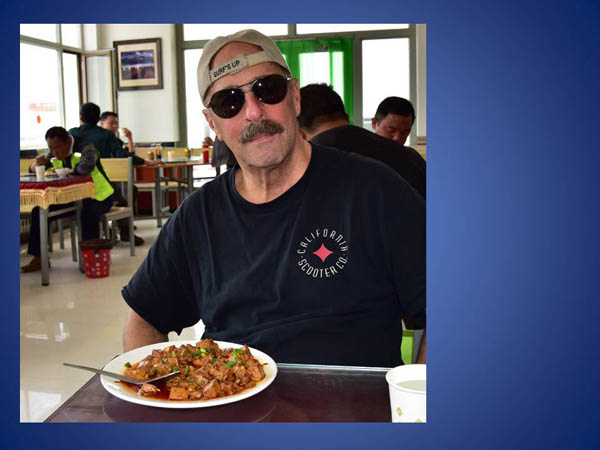
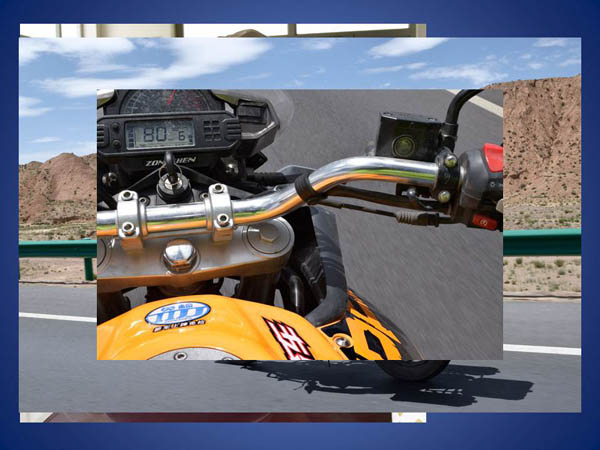
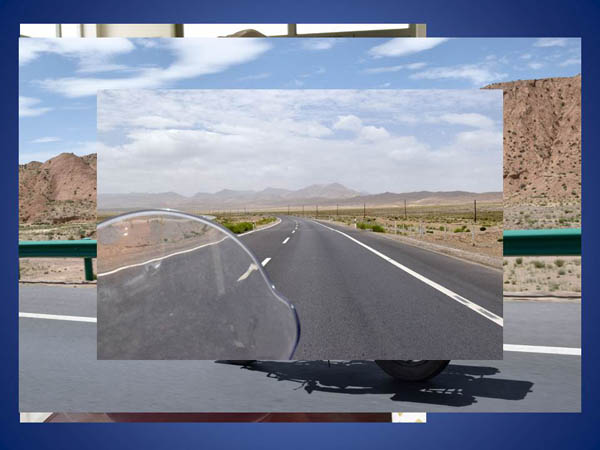
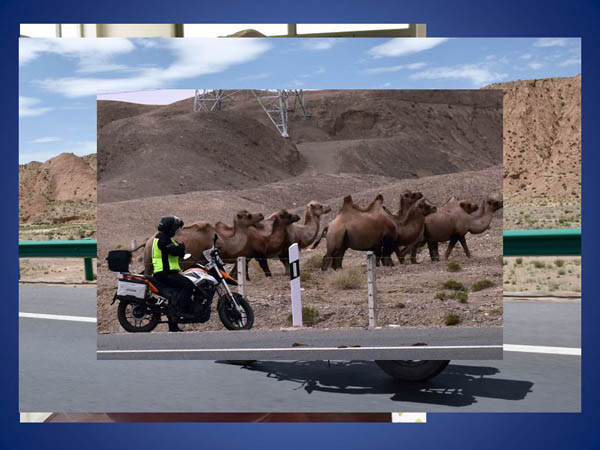

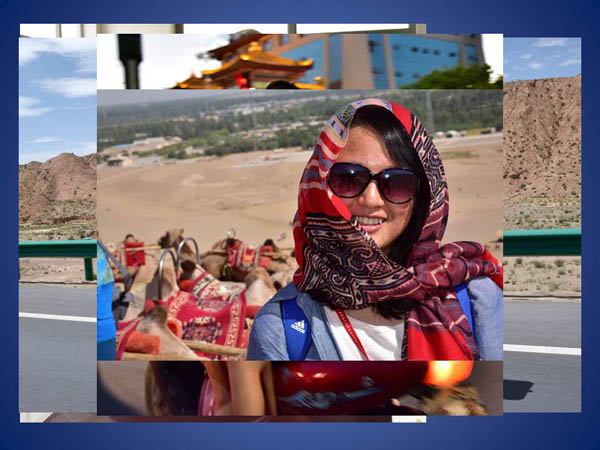
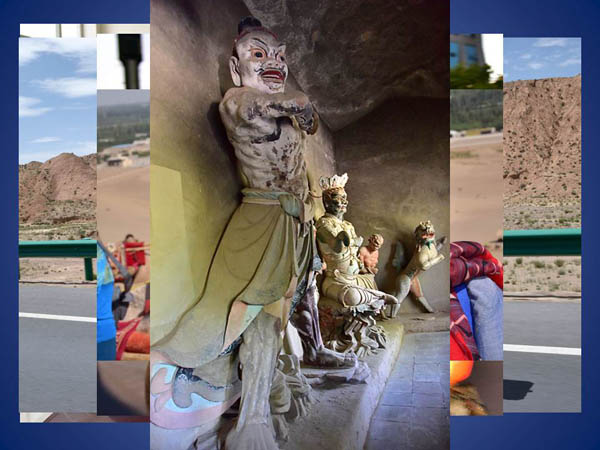
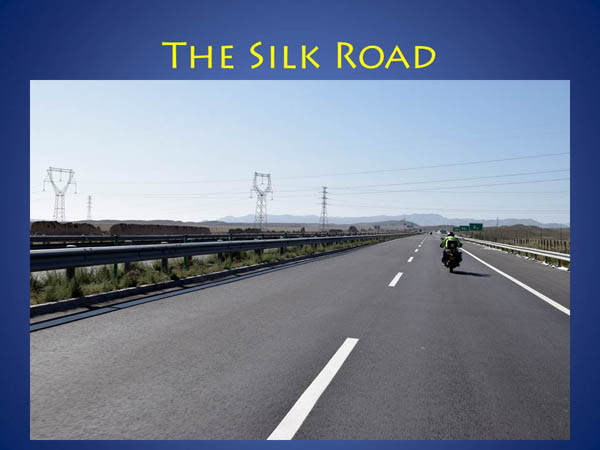

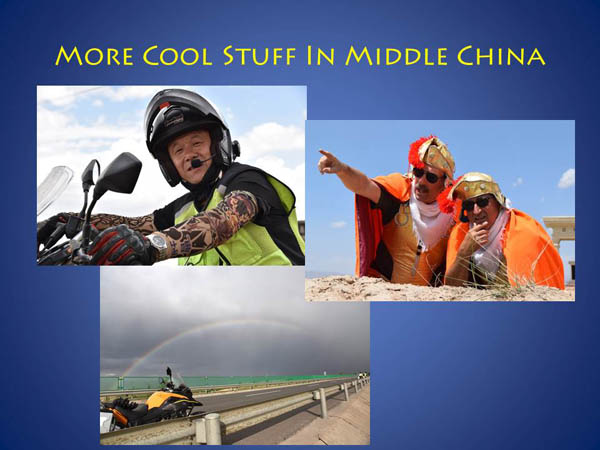
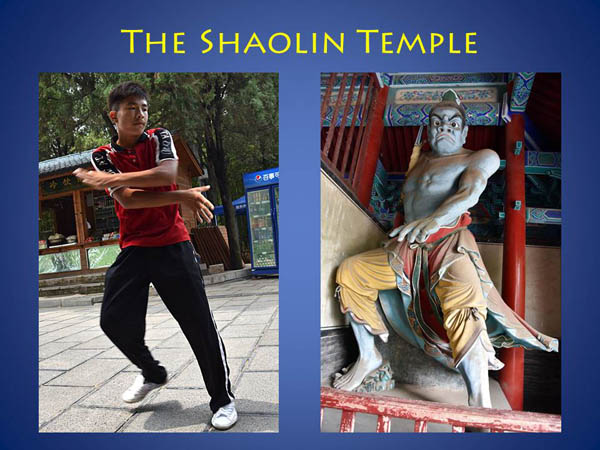
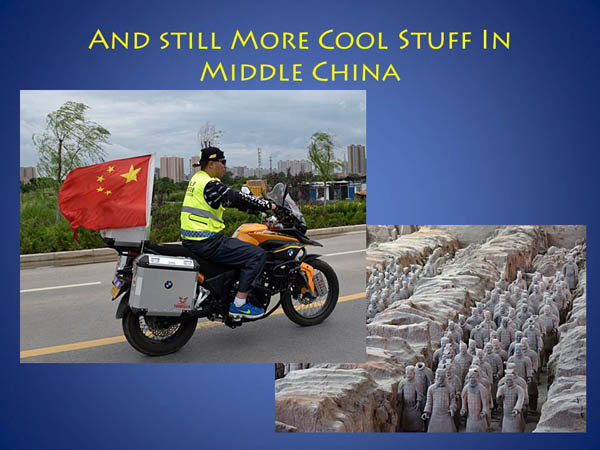

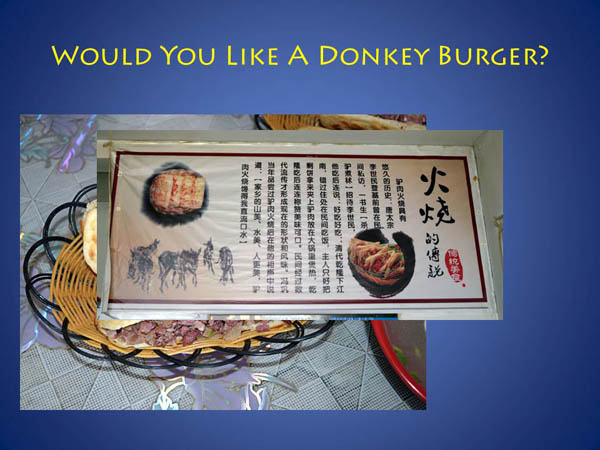

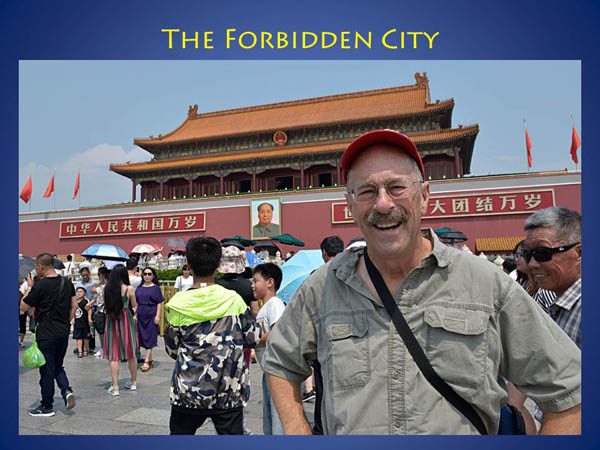
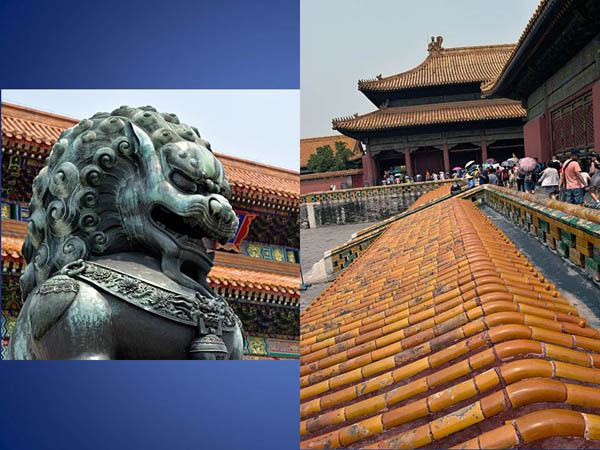
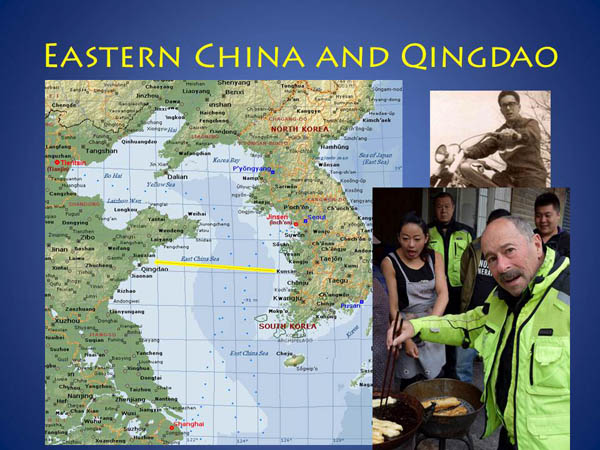

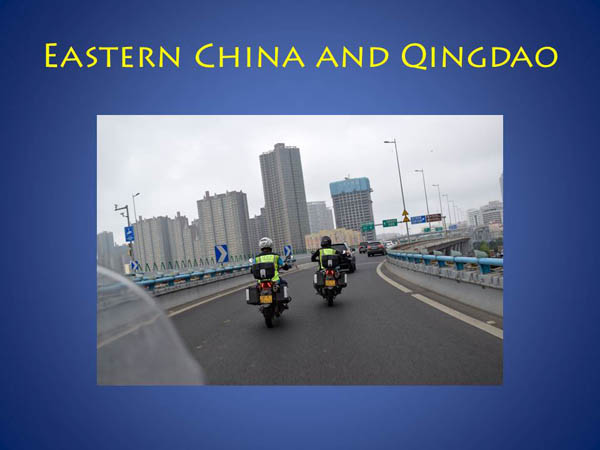

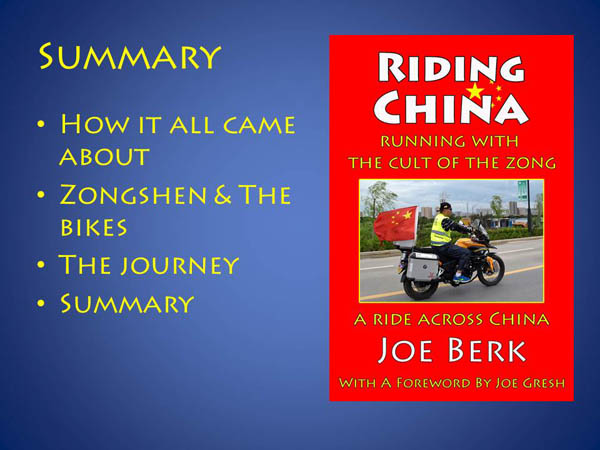
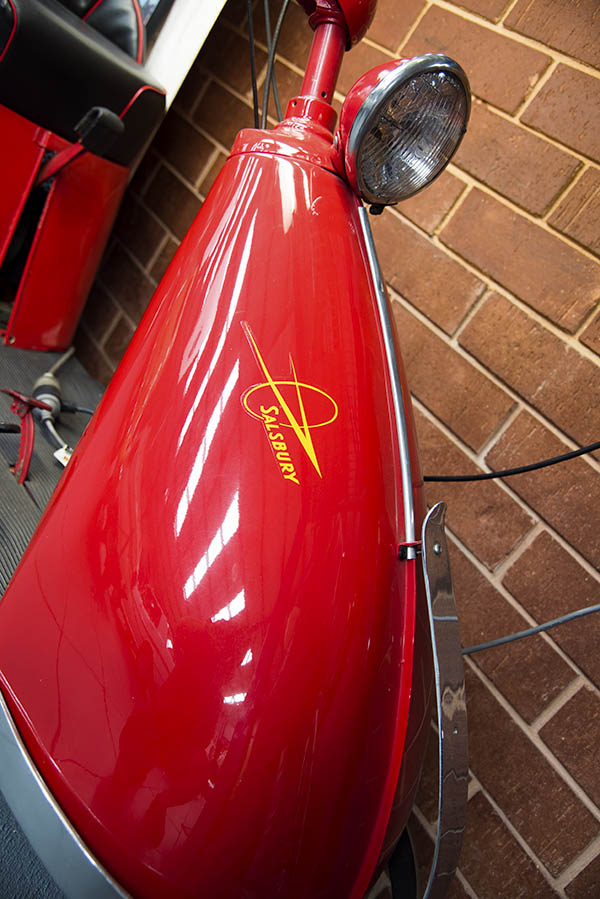

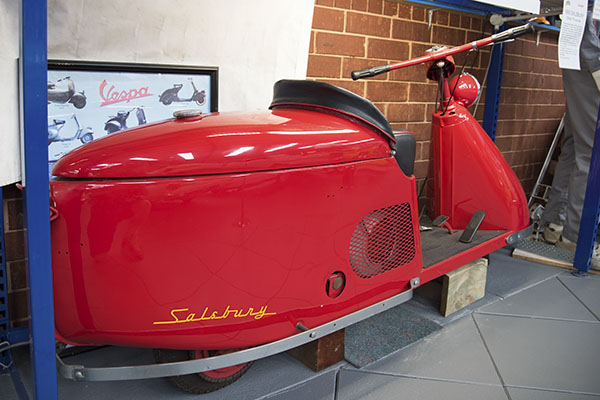
 It was cool seeing a Salsbury, and doubly-cool seeing it in Australia. Imagine that…a product made in my own back yard, and seeing it on the other side of the world in Australia.
It was cool seeing a Salsbury, and doubly-cool seeing it in Australia. Imagine that…a product made in my own back yard, and seeing it on the other side of the world in Australia.
